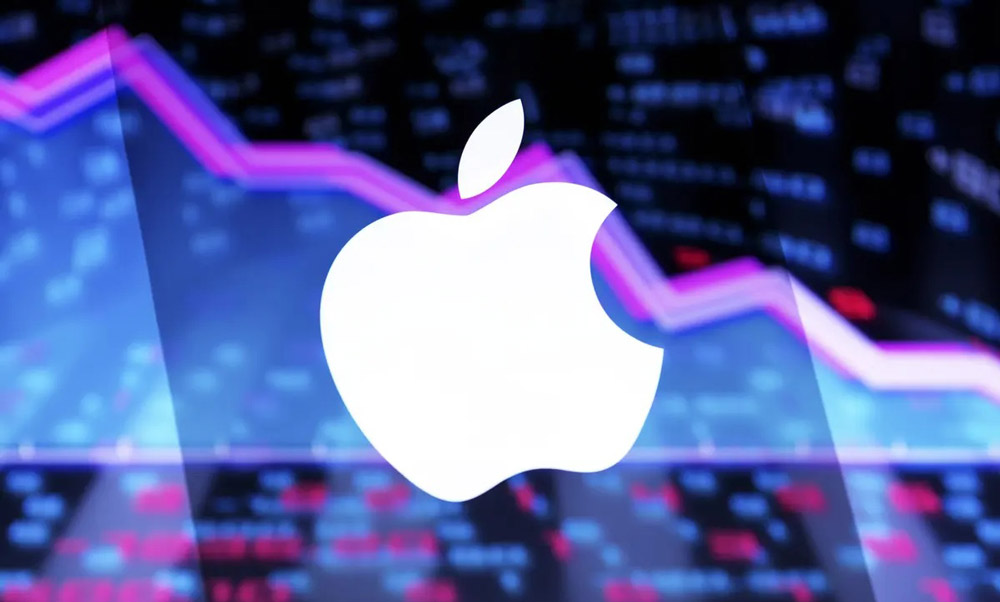Since its introduction in 2007, the Apple iPhone has become more than just a smartphone. It has revolutionized the way we communicate, work, and interact with technology. With its sleek design, intuitive interface, and innovative features, the iPhone has transformed the mobile industry and left an indelible mark on society. In this article, we explore how the Apple iPhone changed the world and became one of the most influential products of all time.
The Birth of a Revolutionary Product
When Apple’s late CEO, Steve Jobs, unveiled the first iPhone in 2007, it was met with skepticism and uncertainty. However, Jobs had a vision of reinventing the handset category, and he referred to the iPhone as a “revolutionary product.” Little did the world know that this device would redefine the smartphone market and set new standards for innovation and user experience.
The Rise to Success
Despite initial doubts, Apple’s iPhone quickly gained traction. In its nearly two-decade journey, Apple released 42 different iPhone models and sold over 2.3 billion units, amassing a staggering 1.5 billion active users globally. The iPhone’s success can be attributed to its seamless integration of hardware and software, as well as its ability to adapt and evolve with changing user demands.
The App Store: A Game-Changer
One pivotal moment in the iPhone’s journey was the introduction of the App Store in 2008. This groundbreaking platform allowed developers to create and distribute applications for the iPhone, unlocking a world of possibilities. The App Store transformed the iPhone into more than just a phone – it became a gateway to a vast ecosystem of apps, services, and entertainment. This move not only solidified Apple’s dominance in the market but also spurred the growth of the entire app economy.
Setting the Standard for Mobile Technology
The iPhone’s influence extended beyond its immediate impact on the smartphone market. It set the standard for modern mobile technology, inspiring other manufacturers to follow suit. The introduction of features like touch screens, intuitive user interfaces, and app-based ecosystems became the norm, as competitors aimed to replicate the iPhone’s success. Android, the operating system developed by Google, adopted a similar model with the Play Store, further solidifying the app-centric approach.
Financial Success and Market Leadership
Apple’s iPhone not only revolutionized the industry but also propelled the company to unprecedented financial success. In 2018, Apple became the first publicly traded U.S. company to reach a $1 trillion market cap, a testament to the iPhone’s impact on the market and consumer demand. In 2023, Apple surpassed Samsung as the world’s leading smartphone manufacturer, capturing over 20% of the global market share.
The iPhone’s Ecosystem
One of the key factors behind the iPhone’s enduring success is its ecosystem. Apple’s integration of hardware, software, and services creates a seamless user experience across its range of products. The iPhone works harmoniously with other Apple devices, such as Macs, iPads, and Apple Watches, allowing users to access their data and services effortlessly. This ecosystem loyalty has proven challenging for competitors to replicate, giving Apple a significant advantage in the market.
AI and the Future of the iPhone
While Apple has taken a more cautious approach to artificial intelligence (AI) compared to some of its competitors, it has recently started embracing machine learning and AI technologies. These advancements have enhanced features like photo organization, email management, and text recognition. However, there is still untapped potential for AI integration in future iPhone models, as the technology continues to evolve.











